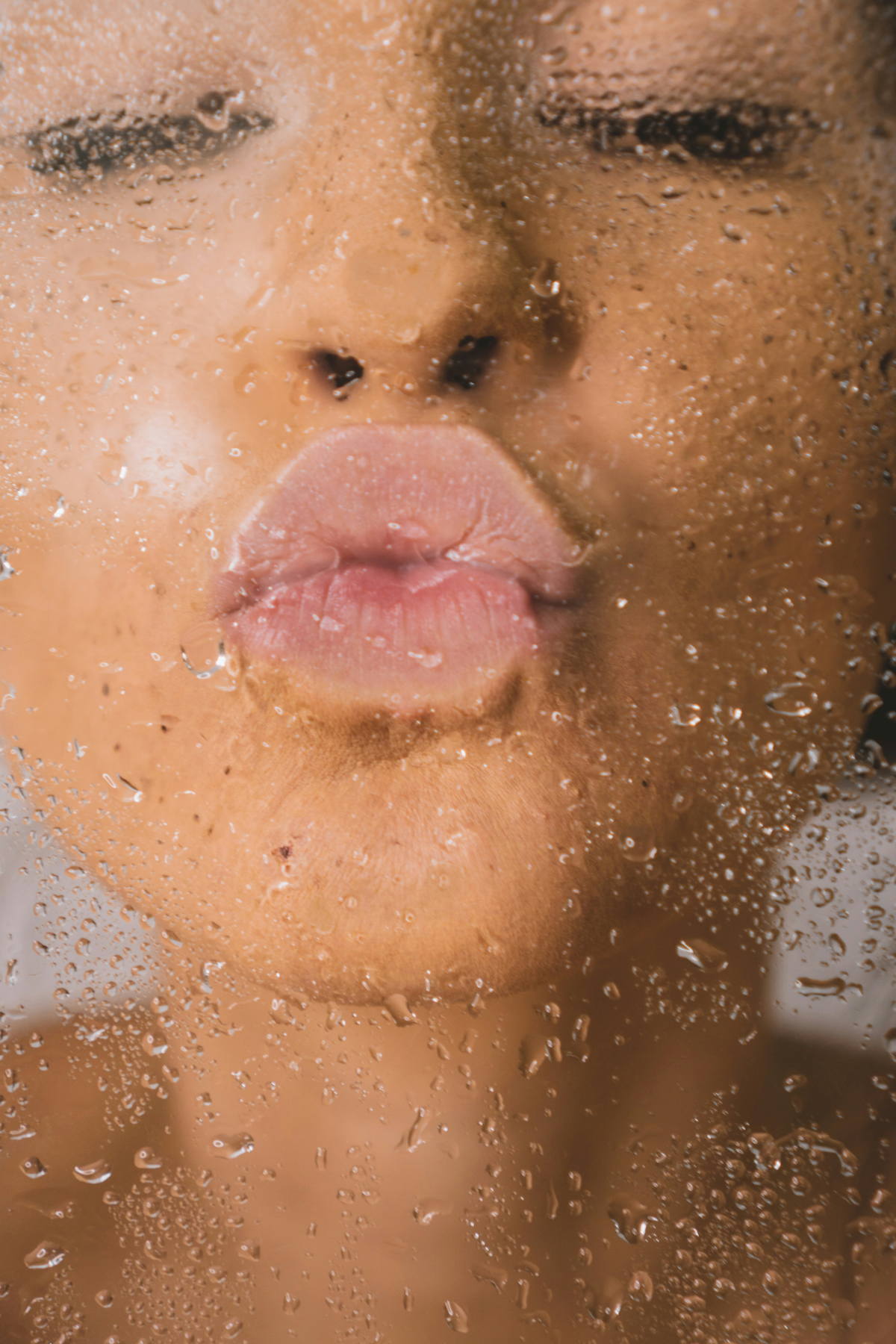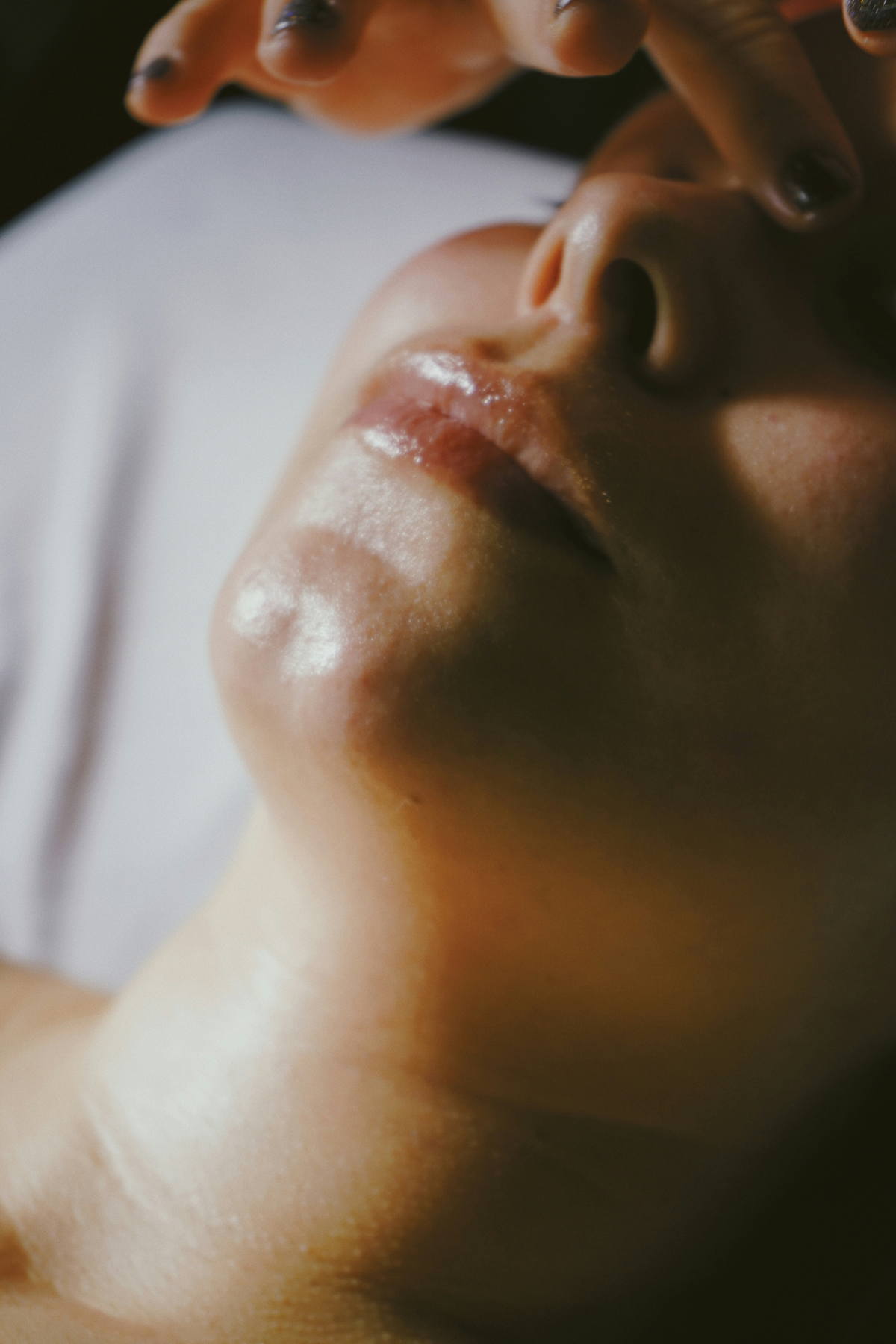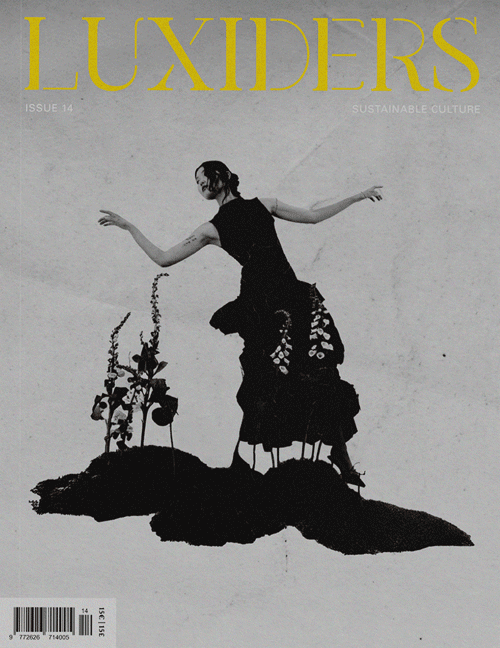
Skinimalism | The Sustainable Beauty Trend Redefining Skincare Simplicity
In the age of excess, a quiet revolution is taking place across bathroom shelves. Skinimalism, the minimalist approach to skincare, is redefining what beauty means in a world awakening to sustainability. This movement isn’t about neglect; it’s about intentional simplicity, stripping away the clutter of overconsumption and rediscovering the essence of care.
What is exactly skinimalism
The past decade has seen the rise of 12-step routines and ingredient overload. But consumers are turning toward authenticity and function, seeking products that are gentle on skin and the planet. At its heart, skinimalism represents a shift in consciousness. It’s the understanding that less can truly be more, that we don’t need to over-layer our skin to nourish it. It’s also an act of resistance against the culture of disposability that dominates beauty marketing.
The term “skinimalism” first surfaced around 2020, when the beauty world found itself at a crossroads. After years of maximalist skincare –10-step Korean-inspired routines, ingredient layering, and endless product launches– consumers began to experience fatigue. It was the year of both a pandemic and a pause, and suddenly, the notion of doing less took on new meaning.
Pinterest officially declared skinimalism one of its top global beauty trends for 2021, describing it as “the new glow-up”, a move toward embracing natural skin and minimalist beauty routines. The idea resonated deeply: people were no longer seeking to perfect their skin but to understand it. The platform’s data showed a sharp rise in searches for phrases like “natural everyday makeup” and “glowing skin routine.”
The cultural shift was swift. Fashion magazines began reporting on the phenomenon, linking it to sustainability, mental wellbeing, and authenticity. Beauty editors called it “the anti-filter movement,” while dermatologists praised it as a return to the essentials –fewer products, smarter formulations, and respect for the skin’s natural barrier.
But skinimalism was more than a trend. It marked the beginning of a new beauty ethos, one that values transparency, time, and environmental awareness. It redefined beauty as care without excess, a small revolution born not in laboratories, but in quiet bathrooms, where people decided that enough was finally enough.

FROM COMPLEXITY TO CONSCIOUSNESS
Reducing the number of products in our routines has an undeniable environmental impact. Fewer products mean less packaging waste, fewer carbon emissions from shipping, and less demand for raw materials. According to MindBodyGreen, most of the beauty industry’s emissions come from the production and disposal of packaging, so simplifying daily rituals can be a direct contribution to climate consciousness.
Brands like Drunk Elephant and Pai Skincare embody this approach through clean formulations, transparent sourcing, and a focus on ingredient integrity. Drunk Elephant’s philosophy is simple: eliminate the “Suspicious 6” ingredients that cause skin imbalance, allowing the skin to return to its healthiest state (). Meanwhile, Pai Skincare champions ethical minimalism with organic, traceable ingredients, proving that fewer steps can lead to deeper care.
Consumers now crave transparency over promises, connection over consumption. Skinimalism isn’t about denying pleasure, it’s about reclaiming it. The glow that comes from a balanced microbiome, a few drops of serum, and self-acceptance shines brighter than any filter. In this light, beauty becomes ritual, not routine. It’s a dialogue with the self –quiet, honest, sustainable. And as explored in Luxiders’ own reflection on Gen Z’s role in sustainable skincare, young consumers are leading this change, choosing self-care that heals both skin and planet.

BEAUTY THAT FEELS REAL
Skinimalism didn’t rise through glossy campaigns—it spread through real faces, often bare, and words whispered in bathroom light. Influencers became the movement’s unexpected messengers, not by selling another serum, but by showing what skin actually looks like.
When beauty creators began to advocate for pared-down routines, millions listened. Their content stood apart precisely because it didn’t promise transformation overnight. Instead, they spoke of consistency, acceptance, and transparency, values that resonate deeply with today’s audience.
This connection stems from trust. Skinimalism appeals because it feels human. Followers see themselves reflected in these creators’ routines –simple, imperfect, mindful. The glow they project is emotional as much as physical. In showing pores, texture, and fatigue, influencers reclaim something beauty once erased: realness.
The impact is cultural. Authenticity has become the new currency of influence, and skinimalism fits perfectly within this paradigm. Creators who champion it –whether dermatologists on TikTok or eco-conscious advocates on Instagram–, bridge the gap between education and empathy. They remind us that taking care of ourselves doesn’t require abundance, only attention.
We are learning that the real luxury lies in essentials well chosen, not shelves overstocked. Each product that earns its place in our lives must justify its footprint and its purpose. Skinimalism teaches us to pause, to simplify, and to reconnect—with our skin, our environment, and our time. Simplicity, after all, is the ultimate sophistication.
For an industry that prides itself on innovation, the next real breakthrough won’t come from another molecule or miracle serum —it will come from truth.

+ Hightlight Image:
© Anna Tarazevich via Unsplash







